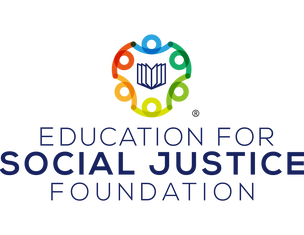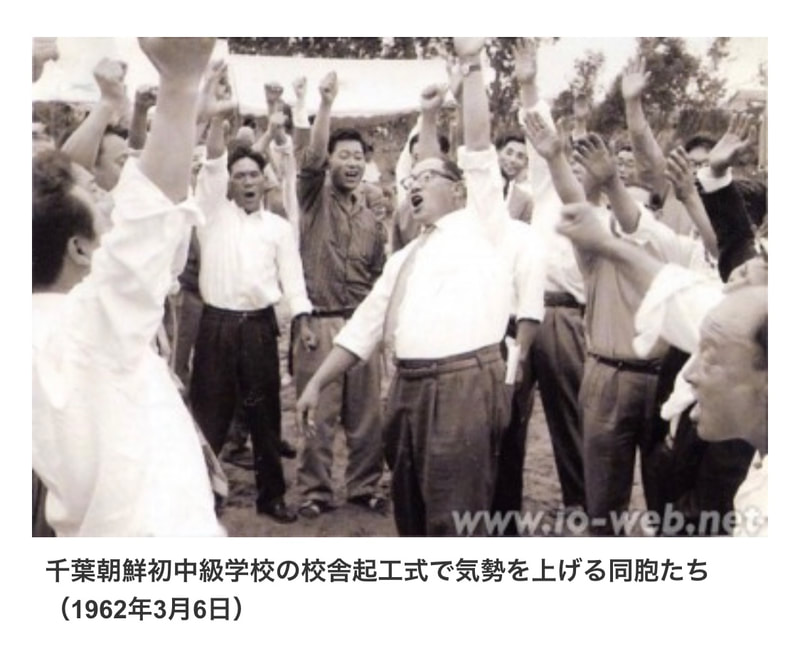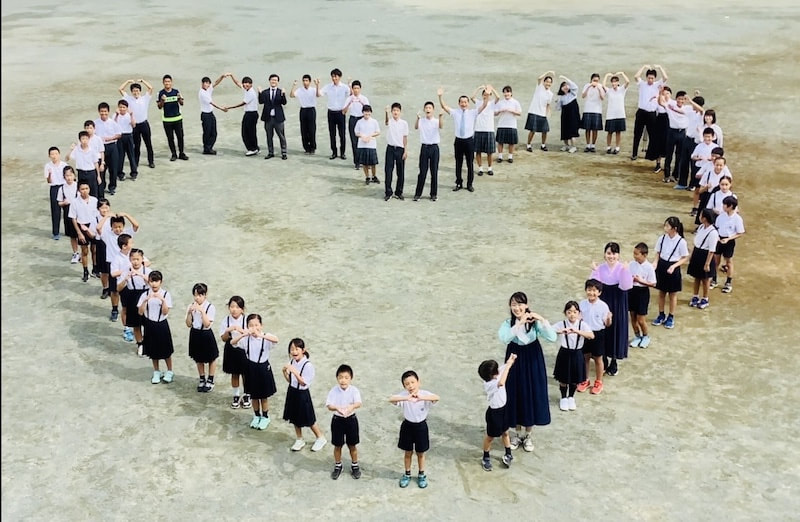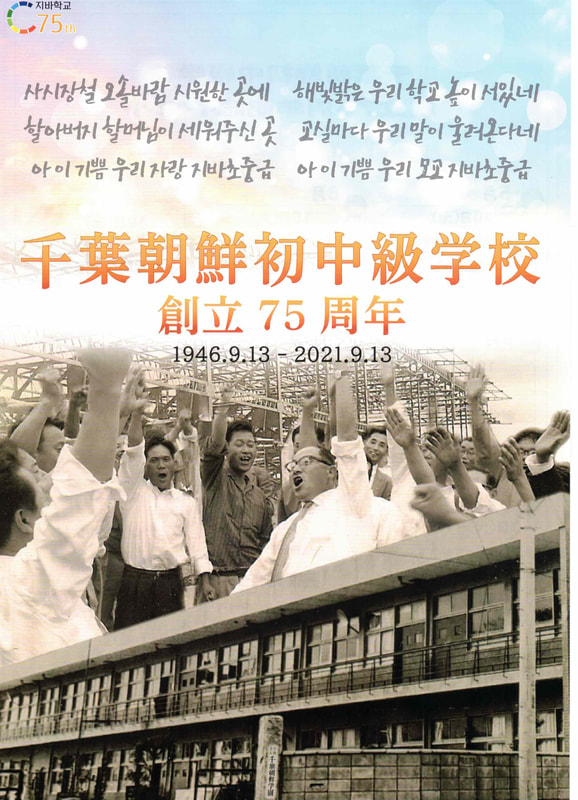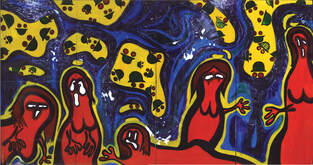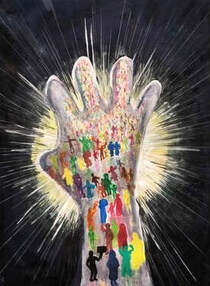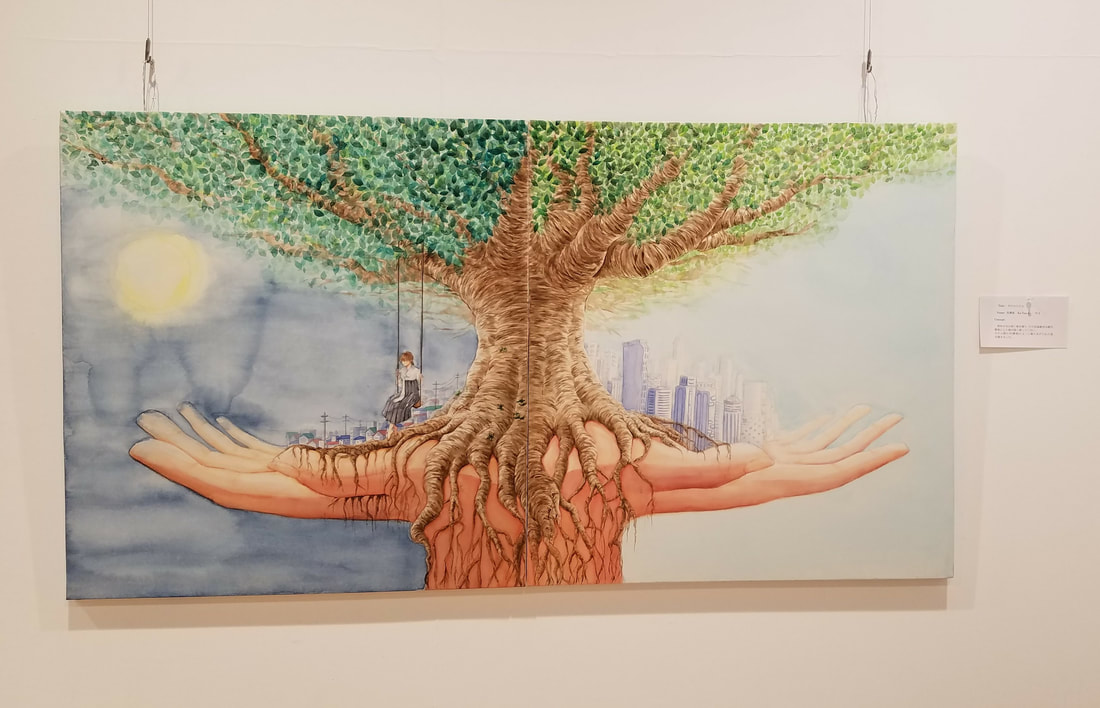CHIBA KOREAN ELEMENTARY AND MIDDLE SCHOOL IN JAPAN
On September 13, 1946, a year after Japan’s surrender in WWII, the Chiba Korean Elementary was opened as a school for the children of Korean forced laborers in Chiba Prefecture. These forced laborers had been brought to Chiba and surrounding areas by the Japanese military before and during WWII, and their children had not had access to formalized schooling. Although housed in a dilapidated building, the school provided a chance for the children to learn the language, history, and culture of Korea while living in Japan. In 1962, the school moved to a newly-constructed building and added a middle school.
Throughout the school’s history, as with most Korean schools in Japan, Chiba Korean Elementary and Middle School has endured ongoing state-sanctioned educational injustices based on ethnicity.
Since 1972, annual juried student art exhibitions showcasing work from both Japanese schools and Korean schools in Japan has provided meaningful opportunities for increasing mutual respect and understanding.
In December 2016, Chiba Korean Elementary and Middle School hosted the 45th Student Art Exhibition with artwork from elementary through high school students. At the exhibition, Chiba Mayor Toshihito Kumagai spotted two pieces of artwork by high school students of Korean ancestry expressing objection to the Japanese government’s position regarding “comfort women” issues. Student Yon-Su Jo’s artwork, What Requires Reparations, expressed her opposition to the flawed 2015 “comfort women” agreement between the Republic of Korea and Japan, while student Ae-Hyang Kang’s piece, The Force to Conceal the Truth and the Strength to Fight Against It, voiced the significance of restorative justice for the survivors of Japanese military sexual slavery.
Using their artwork as an excuse, on April 27, 2017, Mayor Kumagai announced his decision to cut annual city funding for the school. This amounted to a loss of 500,000 JYP (around $4,757 USD in 2017), some of which had been used to organize the annual exhibition. In the summer of 2017, ESJF raised US$5,000 to make up for the lost funding. Since then, ESJF has been supporting this school. In response to the lost funding, the principal, Yusop Kim, said, “It’s wrong to repress the students’ freedom of expression and to bring politics to interfere with education.” In May 2017, Mayor Kumagai won re-election to a third four-year term.
Our involvement with the school made our initial focus countering sexual and gender-based violence instead of preserving the history of and issues surrounding the Asian diaspora in the U.S., which had been our first planned topic.
Marking our fifth consecutive year of support, since 2021, ESJF hosted a student art competition held solely for the school’s students. Click here for more information.
Throughout the school’s history, as with most Korean schools in Japan, Chiba Korean Elementary and Middle School has endured ongoing state-sanctioned educational injustices based on ethnicity.
Since 1972, annual juried student art exhibitions showcasing work from both Japanese schools and Korean schools in Japan has provided meaningful opportunities for increasing mutual respect and understanding.
In December 2016, Chiba Korean Elementary and Middle School hosted the 45th Student Art Exhibition with artwork from elementary through high school students. At the exhibition, Chiba Mayor Toshihito Kumagai spotted two pieces of artwork by high school students of Korean ancestry expressing objection to the Japanese government’s position regarding “comfort women” issues. Student Yon-Su Jo’s artwork, What Requires Reparations, expressed her opposition to the flawed 2015 “comfort women” agreement between the Republic of Korea and Japan, while student Ae-Hyang Kang’s piece, The Force to Conceal the Truth and the Strength to Fight Against It, voiced the significance of restorative justice for the survivors of Japanese military sexual slavery.
Using their artwork as an excuse, on April 27, 2017, Mayor Kumagai announced his decision to cut annual city funding for the school. This amounted to a loss of 500,000 JYP (around $4,757 USD in 2017), some of which had been used to organize the annual exhibition. In the summer of 2017, ESJF raised US$5,000 to make up for the lost funding. Since then, ESJF has been supporting this school. In response to the lost funding, the principal, Yusop Kim, said, “It’s wrong to repress the students’ freedom of expression and to bring politics to interfere with education.” In May 2017, Mayor Kumagai won re-election to a third four-year term.
Our involvement with the school made our initial focus countering sexual and gender-based violence instead of preserving the history of and issues surrounding the Asian diaspora in the U.S., which had been our first planned topic.
Marking our fifth consecutive year of support, since 2021, ESJF hosted a student art competition held solely for the school’s students. Click here for more information.
